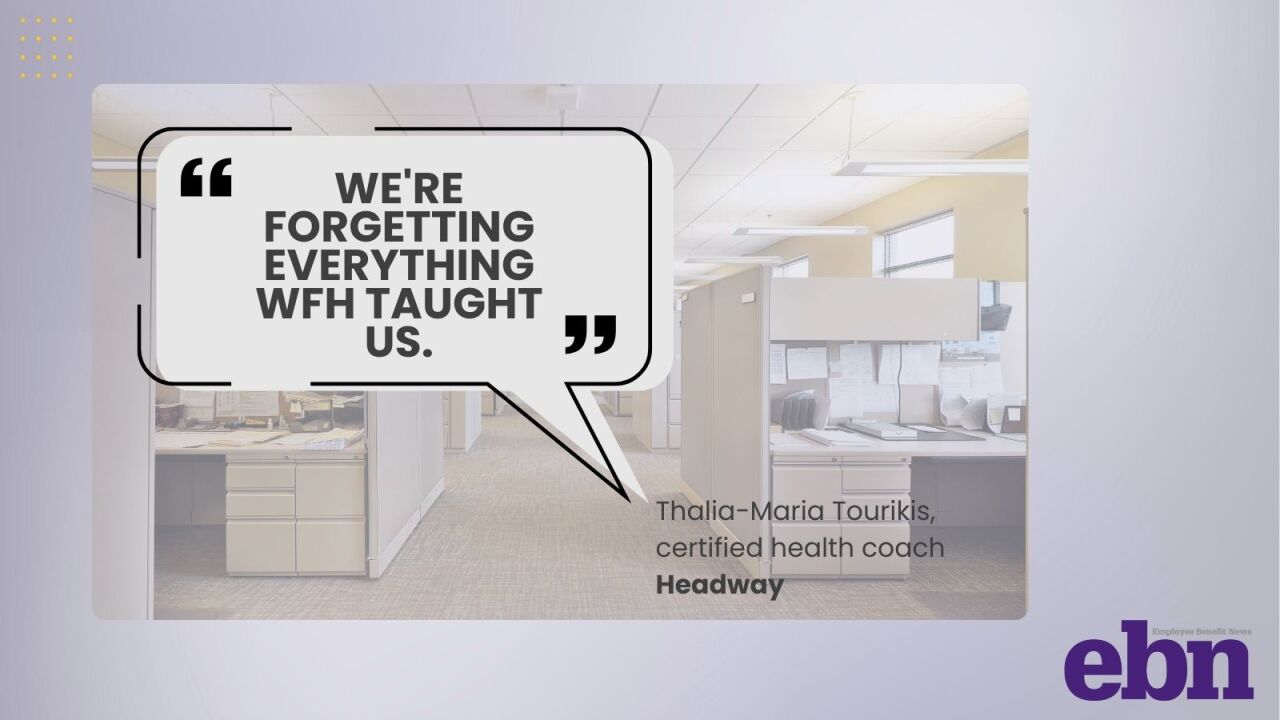Gen Z may be the most tech-savvy generation in the workforce, but when it comes to understanding their benefits, many are still lost in translation.
Thirty-percent of
"For quite some time, there's been conversation anticipating what the impact of having five generations in the workforce will look like, and we're now seeing it come to fruition," says Kara Hoogensen, SVP and head of workplace benefits at Principal Financial Group. "Gen Z's perspective is shaped by their experiences; they're the first digitally-native generation, and it has impacted how they view and learn about benefits."
Read more:
But young employees need and
"Benefit leaders have a critical role in facilitating access to information so they can make informed choices," Hoogensen says. "They have a responsibility to further tactics or considerations around the timing of benefit information or how and when it's provided."
Investing in a digital-first strategy
Traditional enrollment education, which has often been l
Read more:
"Gen Z is already very comfortable with more progressive concepts like mobile enrollment," Hoogensen says. "Combining that with a continuous, transparent and personalized communication approach throughout the year will ensure that Gen Z are reminded of the benefits available to them and how to access them."
Incentivizing young talent with benefits that matter
Newer generations also have different benefit needs, and catering to these could vastly improve
"Making sure there are avenues for Gen Z to access mental health resources is important," says Hoogensen. "Having something like an EAP focused on mental health offered alongside group life insurance or group short-term or long-term disability insurance could be particularly meaningful."
Read more:
While there are significant drawbacks to employees
"Platforms like Tiktok and Instagram are ultimately getting information in the hands of people that need it," she says. "That means there's more opportunity for leaders to start conversations in the workplace and make a difference."






